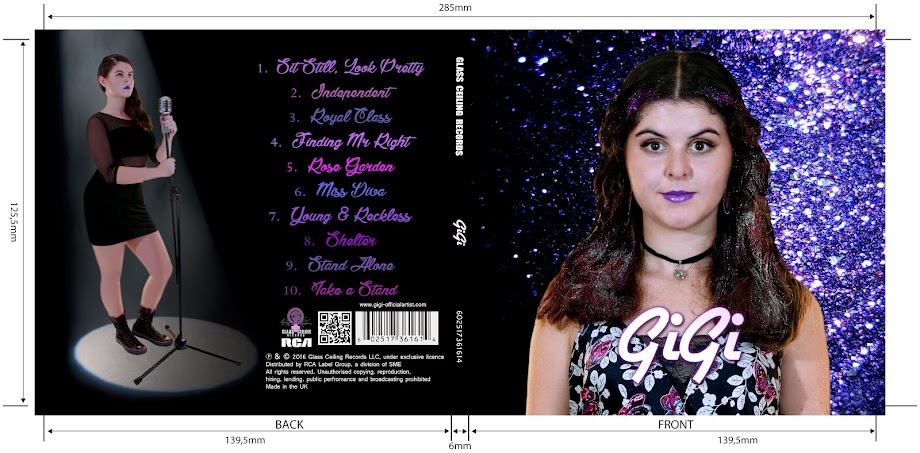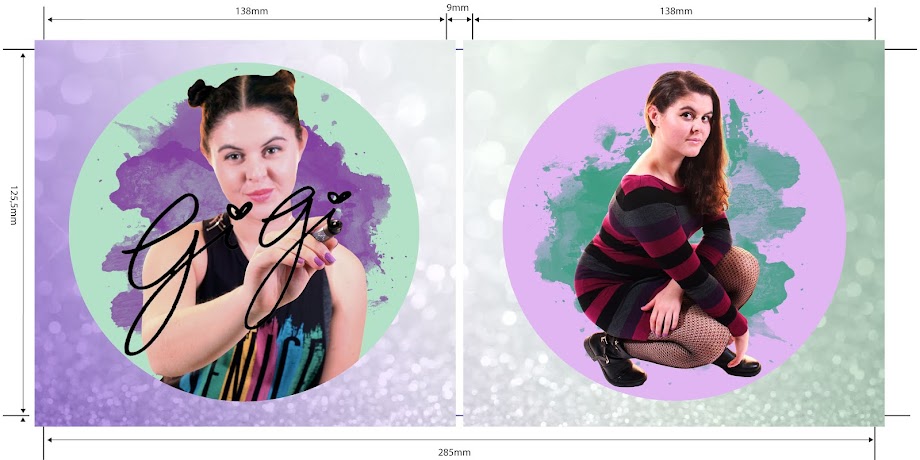Ghost Protocol
I chose to analyse the opening sequence of the film Mission: Impossible - Ghost Protocol, an action adventure spy film.
The sequence initially shows the main character, Ethan Hunt, in a dark tunnel. He turns to face someone out of show and says 'light the fuse'. A second character is shown to strike a match against the wall, setting off a flame that travels along a wire. At this moment, the iconic Mission Impossible theme tune begins along with the sound fx of the crackling flame. The entire opening sequence follows the burning fuse through various settings, from the tunnel to an elevator and to an underwater rocket.
Visual effects include the 'Mission: Impossible' title exploding and the 'Ghost Protocol' with a white cloudy presence that disappears eerily in a puff of smoke. This creates anticipation for the audience because the title of the film is unexplained and remains a mystery. Another visual effect is the schematics and numbers that appear by the launched rocket and the Burj Khalifa building, which are connotations of spyware and is therefore a signifier of the spy genre.
The opening sequence also shows shots of Tom Cruise's character in multiple stunt scenes. This gratifies the audience's expectations of Tom Cruise's character in the film as he is well renowned for his stunts in action films. Not only does this use Tom Cruise's image and branding, but this reinforces the Mission: Impossible franchise as an action spy thriller series that has featured Tom Cruise as Ethan Hunt since 1996.
The events in the opening sequence do not tell a story, however they establish the settings, the genre and the main characters. Short clips of the most exciting events are shown but are not explained. It leaves several questions left unanswered and causes the audience to be intrigued about the plot of the film.
The events do not seem to link to each other but they are not totally distant or unconnected. Due to the style of the opening sequence the events are not in chronological order and they cover many locations. This could be disorienting to the audience but the fuse acts as anchorage in nearly every shot and the events all have connotations of the spy genre.
At the start of my film, the audience need to be aware of the title of the film, the genre, the setting and the main characters. These are conventions of opening sequences and the audience have expectations that need to be gratified. I would ensure I establish them in the beginning of my film so that the audience can understand the plot and any events in the film.
The sequence initially shows the main character, Ethan Hunt, in a dark tunnel. He turns to face someone out of show and says 'light the fuse'. A second character is shown to strike a match against the wall, setting off a flame that travels along a wire. At this moment, the iconic Mission Impossible theme tune begins along with the sound fx of the crackling flame. The entire opening sequence follows the burning fuse through various settings, from the tunnel to an elevator and to an underwater rocket.
Visual effects include the 'Mission: Impossible' title exploding and the 'Ghost Protocol' with a white cloudy presence that disappears eerily in a puff of smoke. This creates anticipation for the audience because the title of the film is unexplained and remains a mystery. Another visual effect is the schematics and numbers that appear by the launched rocket and the Burj Khalifa building, which are connotations of spyware and is therefore a signifier of the spy genre.
The opening sequence also shows shots of Tom Cruise's character in multiple stunt scenes. This gratifies the audience's expectations of Tom Cruise's character in the film as he is well renowned for his stunts in action films. Not only does this use Tom Cruise's image and branding, but this reinforces the Mission: Impossible franchise as an action spy thriller series that has featured Tom Cruise as Ethan Hunt since 1996.
The events in the opening sequence do not tell a story, however they establish the settings, the genre and the main characters. Short clips of the most exciting events are shown but are not explained. It leaves several questions left unanswered and causes the audience to be intrigued about the plot of the film.
The events do not seem to link to each other but they are not totally distant or unconnected. Due to the style of the opening sequence the events are not in chronological order and they cover many locations. This could be disorienting to the audience but the fuse acts as anchorage in nearly every shot and the events all have connotations of the spy genre.
At the start of my film, the audience need to be aware of the title of the film, the genre, the setting and the main characters. These are conventions of opening sequences and the audience have expectations that need to be gratified. I would ensure I establish them in the beginning of my film so that the audience can understand the plot and any events in the film.



Your analysis is very good and shows clear understanding of role and function of opening sequences. You have included some accurate technical terminology, but make sure you extend this throughout your analysis. Well done.
ReplyDelete